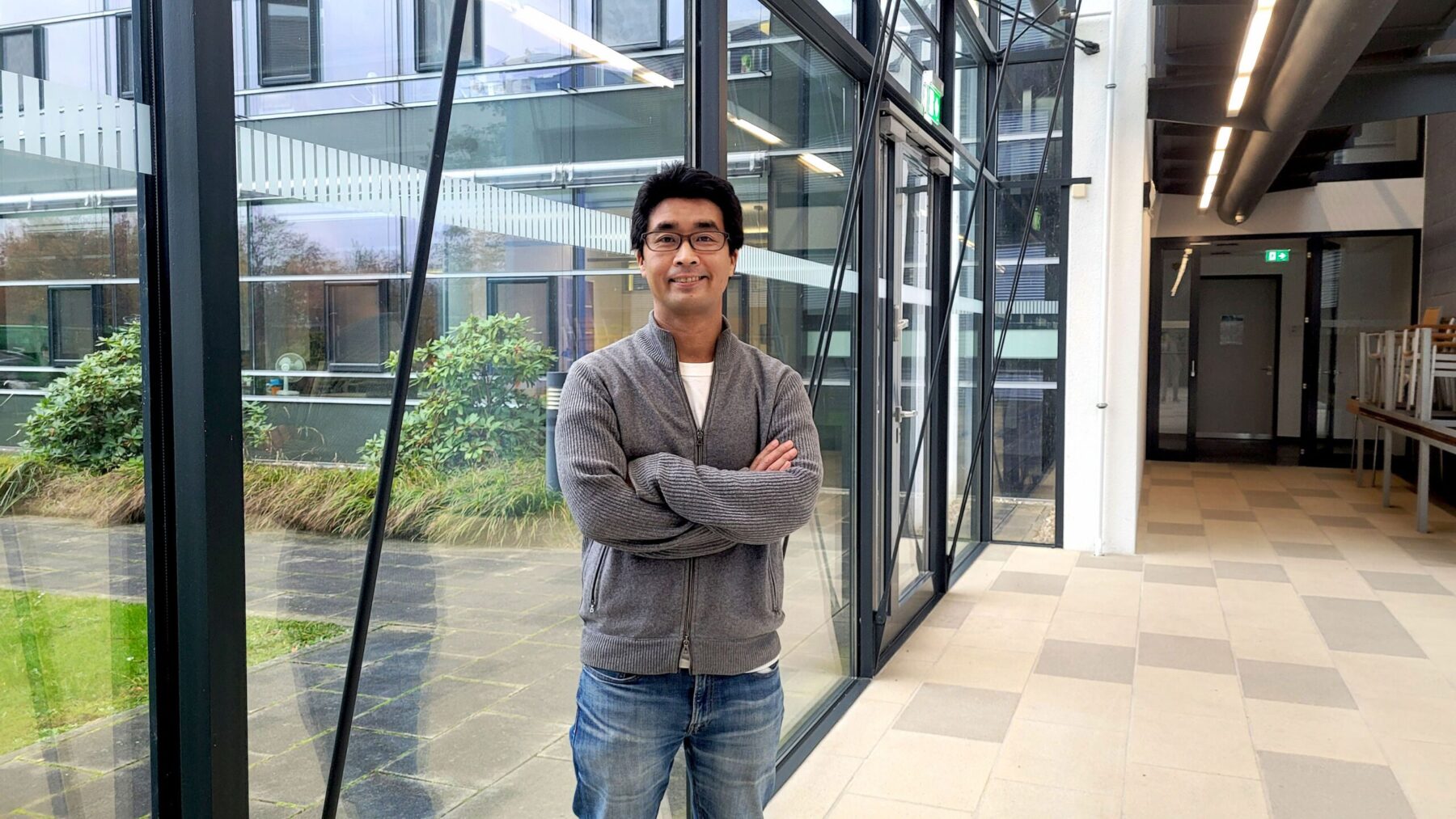
A new Ear towards the Universe — Dr Kenta Kiuchi on his work
Since 2019 Dr. Kenta Kiuchi has been a group leader in the Numerical and Relativistic Astrophysics department at the Max Planck Institute for Gravitational Physics (Albert Einstein Institute) in the Potsdam Science Park. Using complex simulations, he helps other researchers to detect gravitational waves of colliding neutron stars – and thus listen to the universe with ‘new ears’.
When asked what motivated him to research gravitational waves, Dr. Kenta Kiuchi answers with an anecdote from his student days. At the time, he says, he came across a book on the subject: “At that time, the direct observation of gravitational waves, that is, waves in space-time triggered by moving masses, was still a dream” he emphasises: “Einstein had already predicted them in 1916 with his general theory of relativity, but they had not yet been proven. The book compared their proof to the development of a new sensory organ. One could then listen to the universe with ‘new ears’. This image stayed with me to this day.”
Curvatures in spacetime
In 2015, gravitational waves were experimentally detected by researchers at the Laser Interferometer Gravitational-Wave Observatory (LIGO for short). Since then, they have received mainstream attention. Nevertheless, only few people truly grasp what they are. In order to understand gravitational waves, non-physicists often have to use metaphors. Dr. Kiuchi, who works as a group leader in the Department of Numerical and Relativistic Astrophysics at the Max Planck Institute for Gravitational Physics (Albert Einstein Institute) in the Potsdam Science Park, dares an explanation: “According to Einstein, the space-time continuum is elastic. It is deformed by every object in it, humans as well as planets.” This can be thought of as something like a billiard ball placed on a sheet stretched between posts and pressing it in with its mass, says Kenta Kiuchi: “These deformations, or better curvatures, in space-time are what we call gravity.” Thus, when objects move through space, they cause compression and stretching of space. “Gravitational waves, in that sense, are a bit akin to waves in water,” is how he describes it.
And precisely because gravitational waves affect space-time itself, Kiuchi says, they are so difficult to detect: “Gravitational waves can’t be easily measured in space, because they are extremely weak signal.” What does work, however, is sending light through space. If sufficiently strong gravitational waves travelled through its path, this would lengthen or shorten the distance the light has to travel. This difference can be measured, and gravitational waves can be detected. This is precisely what the LIGO team proved successfully in their 3 km long detectors.
Contact

Karen Esser
PR & Communications
karen.esser@potsdam-sciencepark.de + 49 331 237 351 103